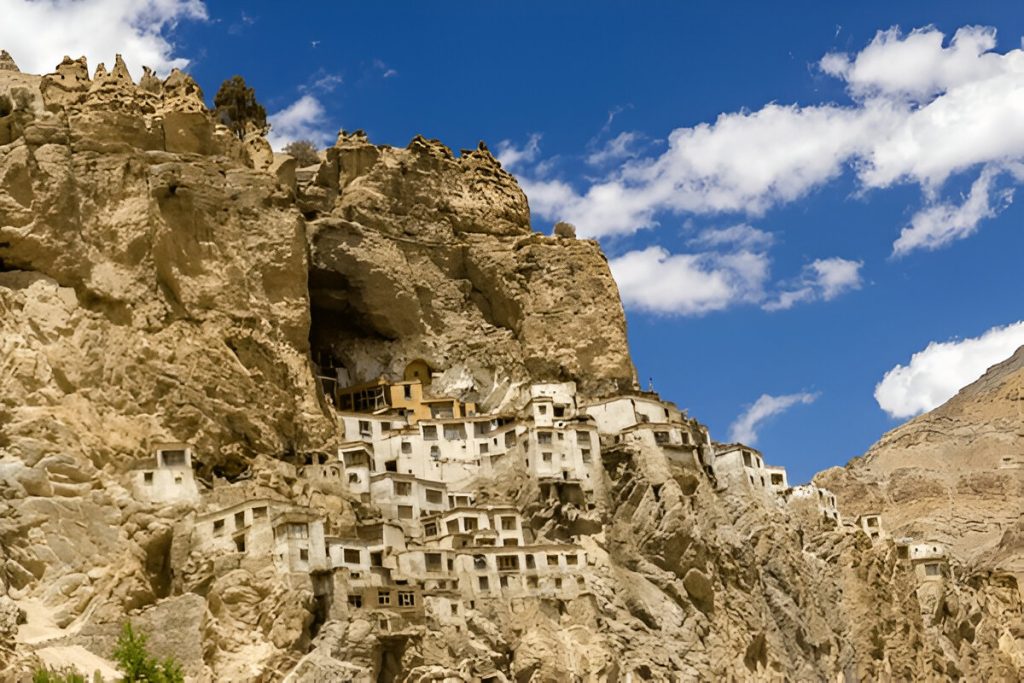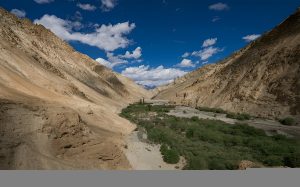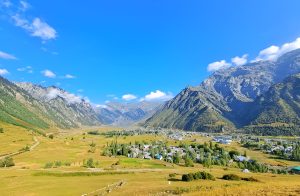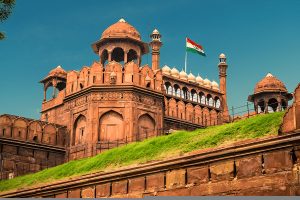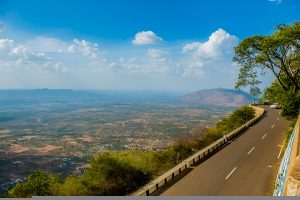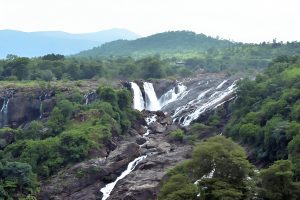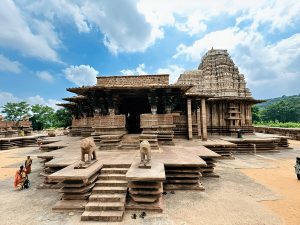Situated in the remote, rugged terrain of Ladakh, the Phugtal Monastery (also called Phuktal Monastery) stands as a symbol of tranquility, spirituality, and resilience. Perched on the cliffside of the Zanskar Valley, this ancient Buddhist monastery offers breathtaking views along with a spiritual journey like no other. Its serene atmosphere and rich history make it one of the most fascinating places to visit in the Ladakh region.
The Trek to Phugtal Monastery
Reaching Phugtal Monastery is an achievement in itself. Located in the Zanskar Valley, it’s accessible only by foot, making the journey an exhilarating trek for adventurers and spiritual seekers alike. The trek usually starts from Padum, the administrative center of Zanskar, and takes around 2-3 days to reach the monastery, depending on the pace of the trek.

The path to Phugtal is filled with challenges—rugged terrain, crossing bridges, and navigating through narrow mountain paths. However, the journey is made memorable by the stunning scenery of the valley, wild rivers, and unique Tibetan Buddhist settlements. As you approach the monastery, the sight of it built into a cave on the side of the cliff is awe-inspiring. The monastery is perched at an altitude of 4,000 meters (13,100 feet), offering a panoramic view of the surrounding valleys.
Significance of Phugtal Monastery

Phugtal Monastery is one of the most important spiritual centers in the region. Founded in the 12th century by the great Buddhist scholar Jetsun Drakpa Gyaltsen, it is associated with the Drukpa Kagyu lineage of Tibetan Buddhism. The monastery is home to a small community of monks who maintain its traditional lifestyle.
The monastery’s remote location symbolizes spiritual detachment, and its historical significance lies in its deep association with meditation and Buddhist teachings. The cave that houses the monastery is considered sacred, believed to be the meditation spot of Guru Padmasambhava, a legendary figure in Tibetan Buddhism.
10 Fascinating Facts About Phugtal Monastery
- Built into a Cave: Phugtal Monastery is uniquely built into a cave and perched on a cliff. It almost seems like it’s part of the mountain, blending seamlessly with its surroundings.
- Ancient Origins: The monastery dates back to the 12th century and was founded by Jetsun Drakpa Gyaltsen, a prominent scholar and teacher of the Drukpa Kagyu school.
- Access Only by Trek: The monastery is only accessible by foot. The trek through the Zanskar Valley takes two to three days, making it an adventure in itself.
- Sacred Site: The monastery is believed to be built around a cave where Guru Padmasambhava, a key figure in Tibetan Buddhism, meditated.
- Drukpa Kagyu Tradition: Phugtal follows the Drukpa Kagyu lineage, one of the main schools of Tibetan Buddhism, which emphasizes the practice of meditation and spiritual discipline.
- Self-Sustaining: The monks living in Phugtal Monastery follow a self-sustaining lifestyle, farming the surrounding land and relying on the local community for provisions.
- Stunning Views: The monastery offers panoramic views of the Zanskar Valley, making it a breathtaking sight for travelers.
- Spiritual Retreat: Many Buddhist pilgrims come to Phugtal for spiritual retreat, seeking peace and solitude in the sacred environment.
- Cultural Heritage: The monastery is home to ancient Tibetan Buddhist murals and scriptures that offer insight into the culture and beliefs of the region.
- Isolation from the World: Phugtal’s remote location and its difficulty to access have allowed it to remain largely untouched by modernization, preserving its ancient traditions and practices.
Conclusion
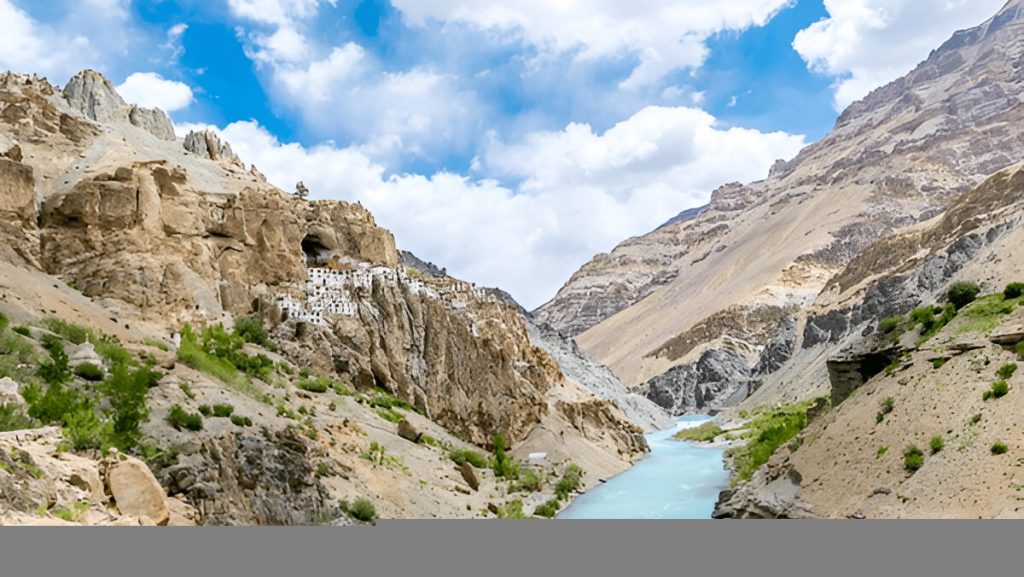
Phugtal Monastery is not just a physical destination but a journey into the heart of Tibetan Buddhism. With its isolation, historical significance, and incredible location, it offers a glimpse into a way of life that has remained largely unchanged for centuries. For those willing to take the trek, Phugtal offers an unforgettable experience—one that combines adventure, spirituality, and awe-inspiring beauty.

